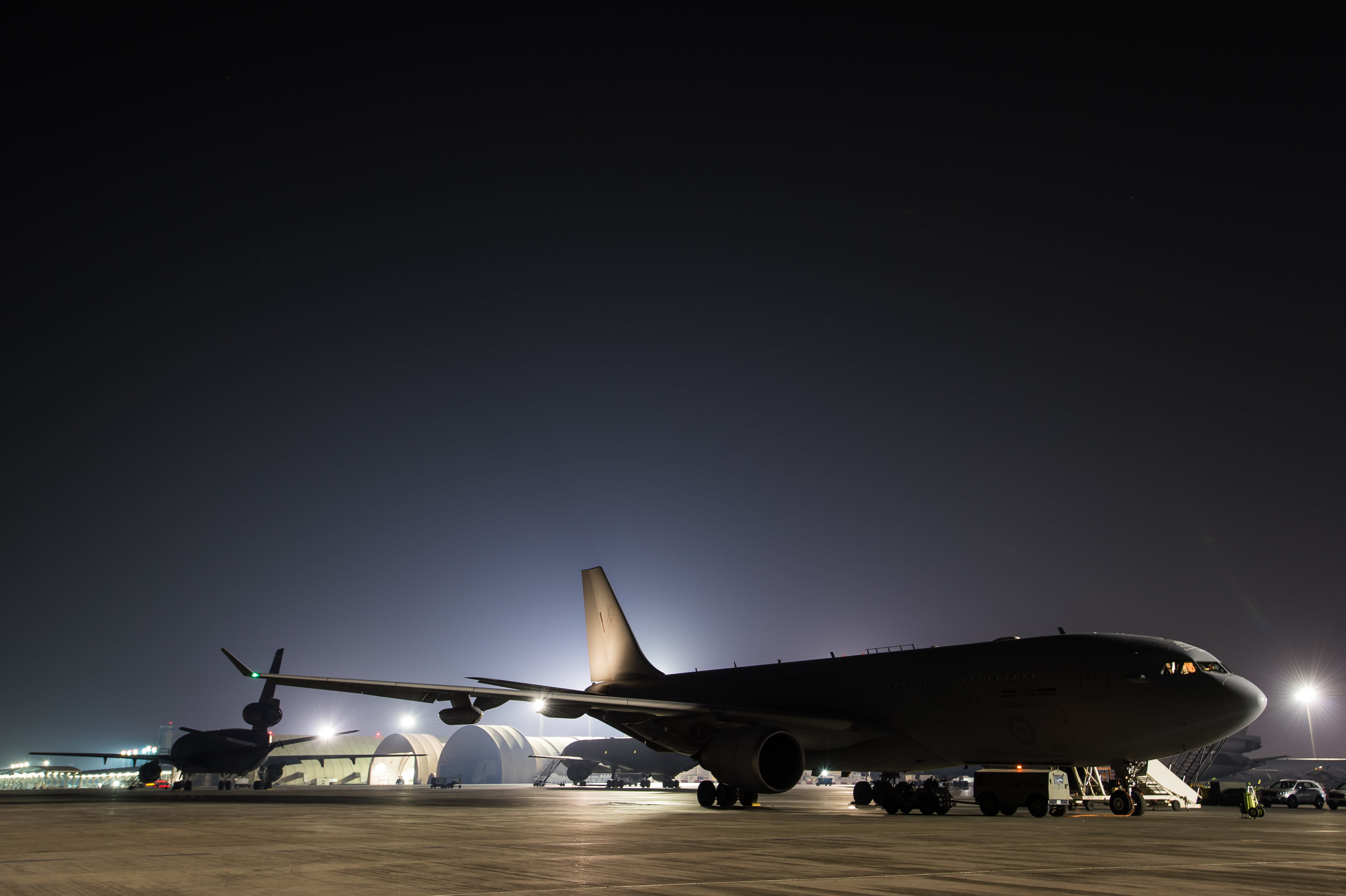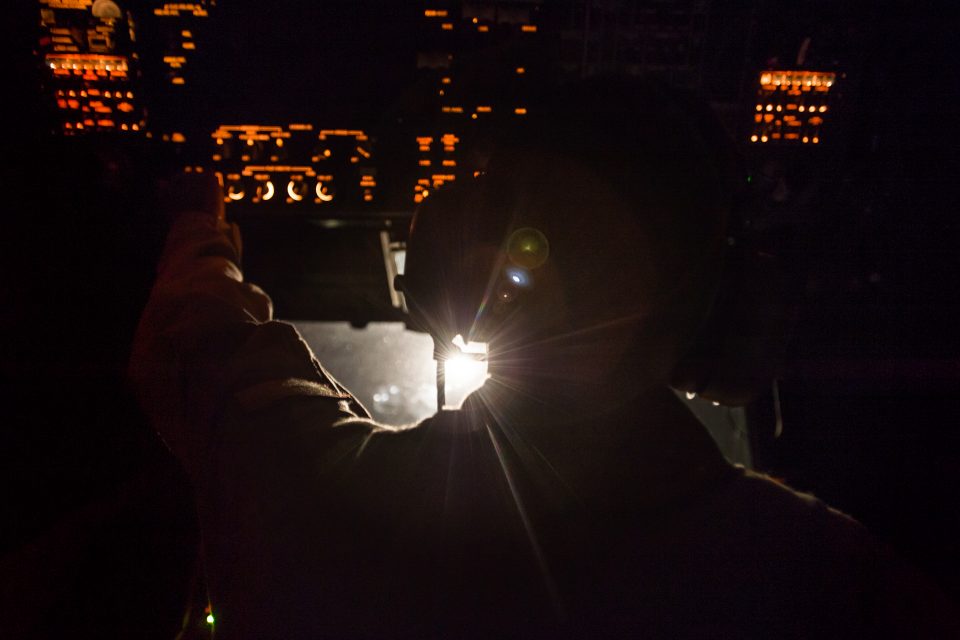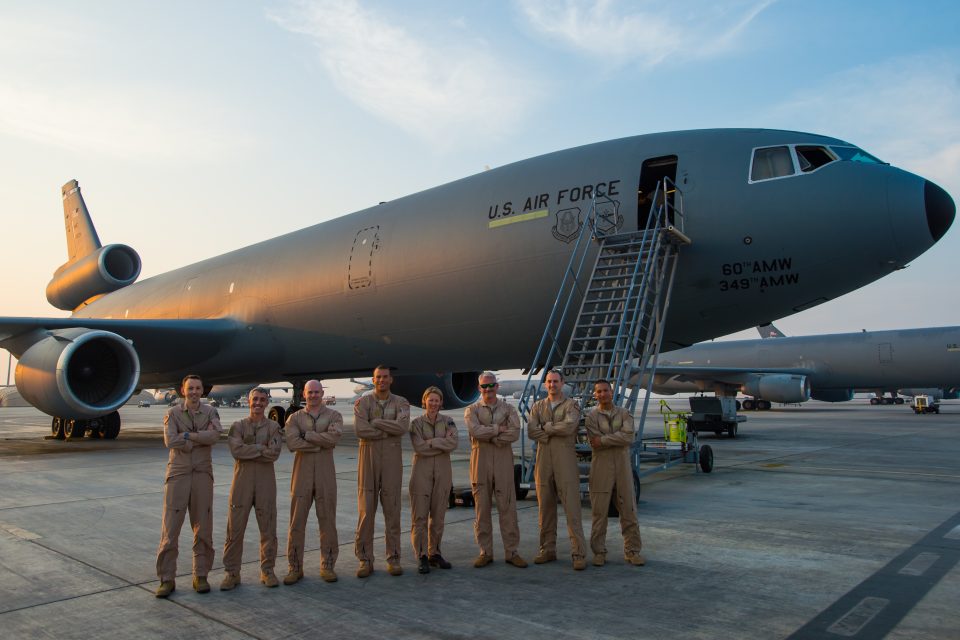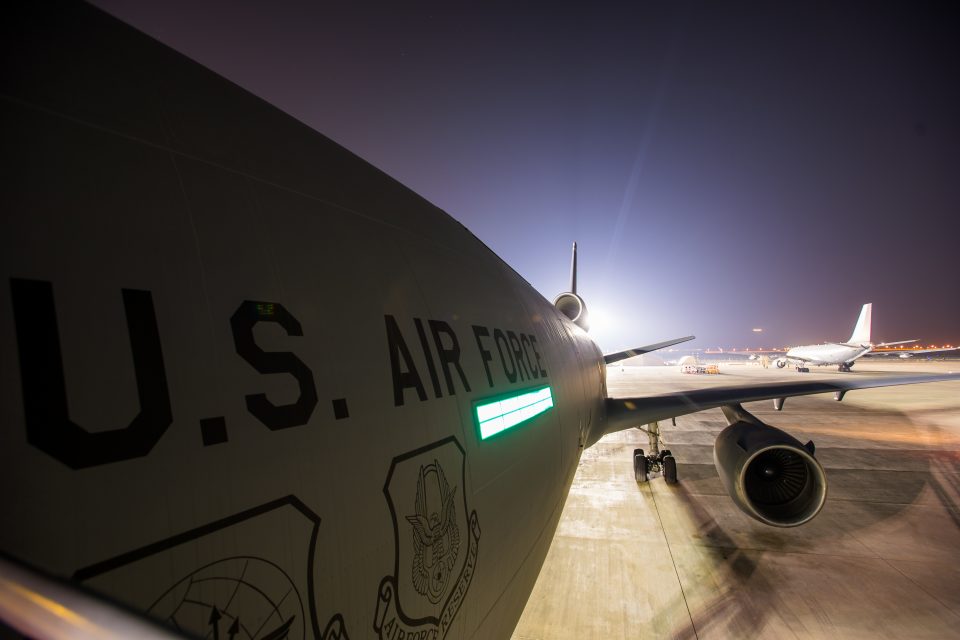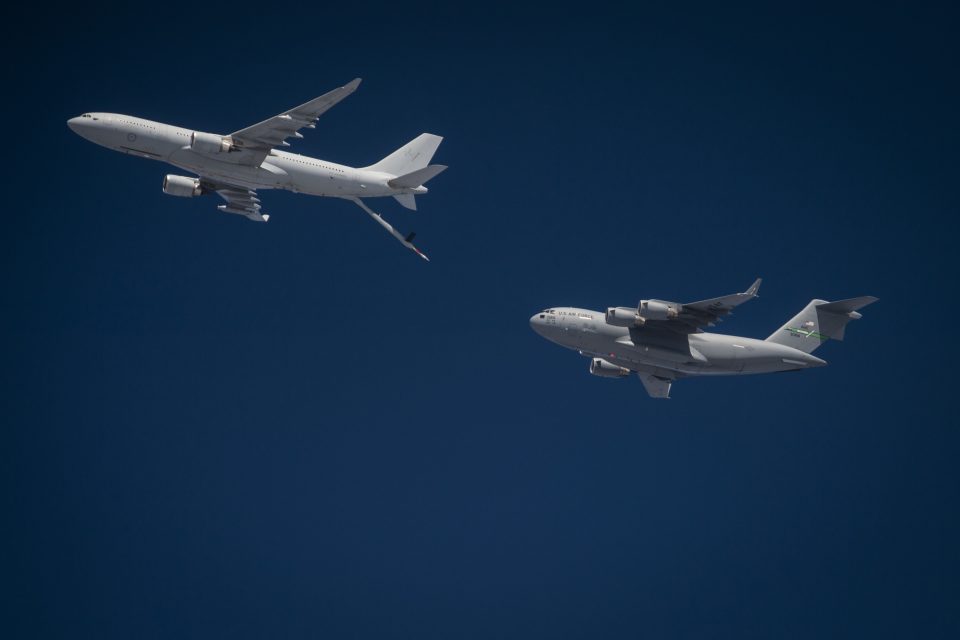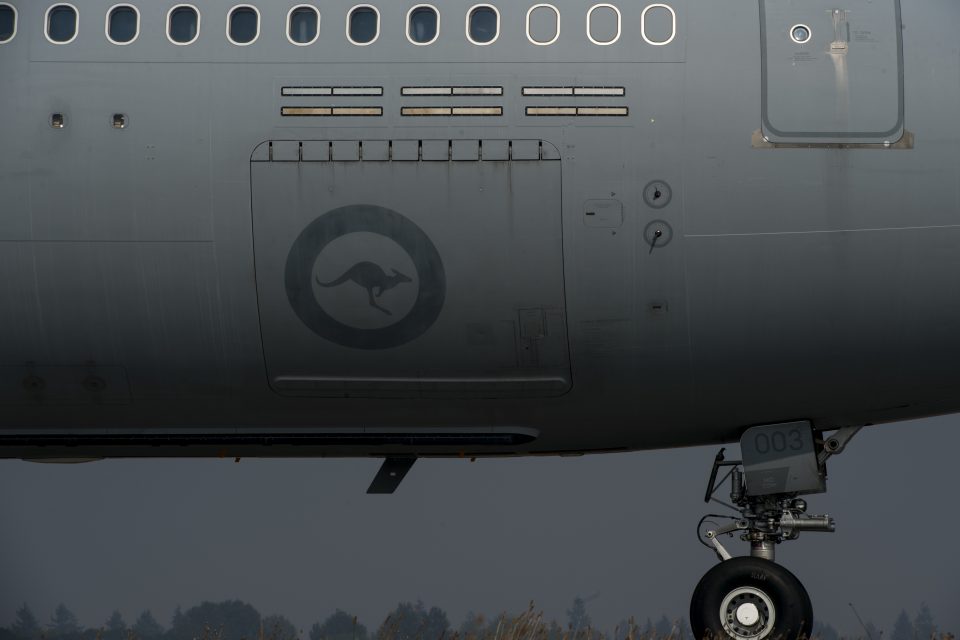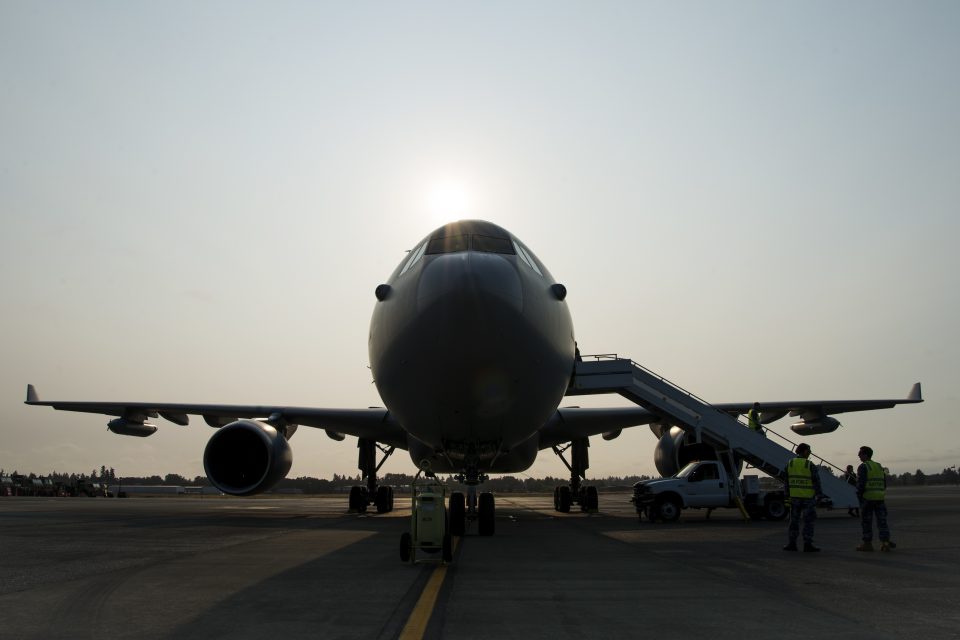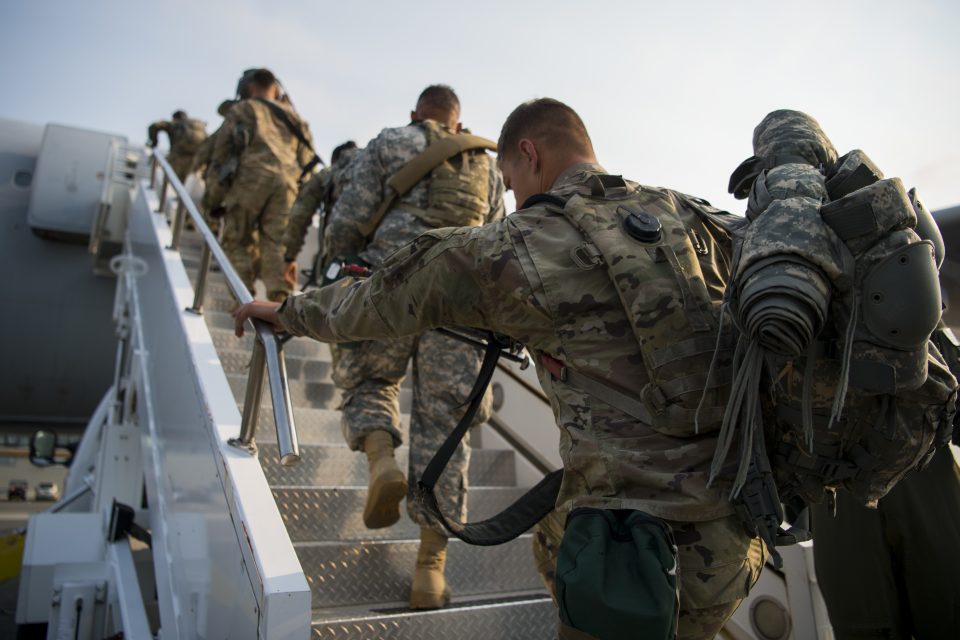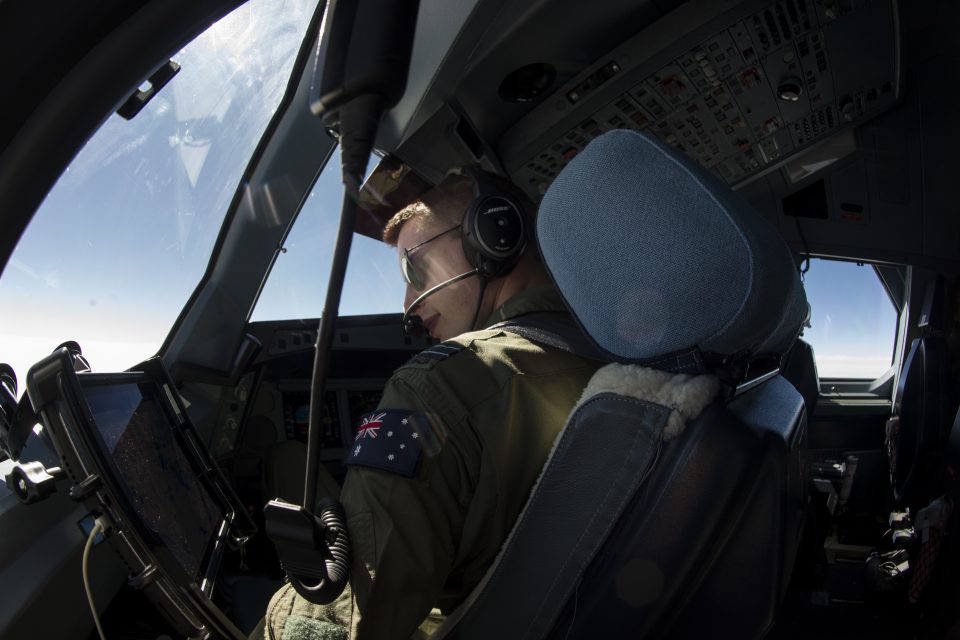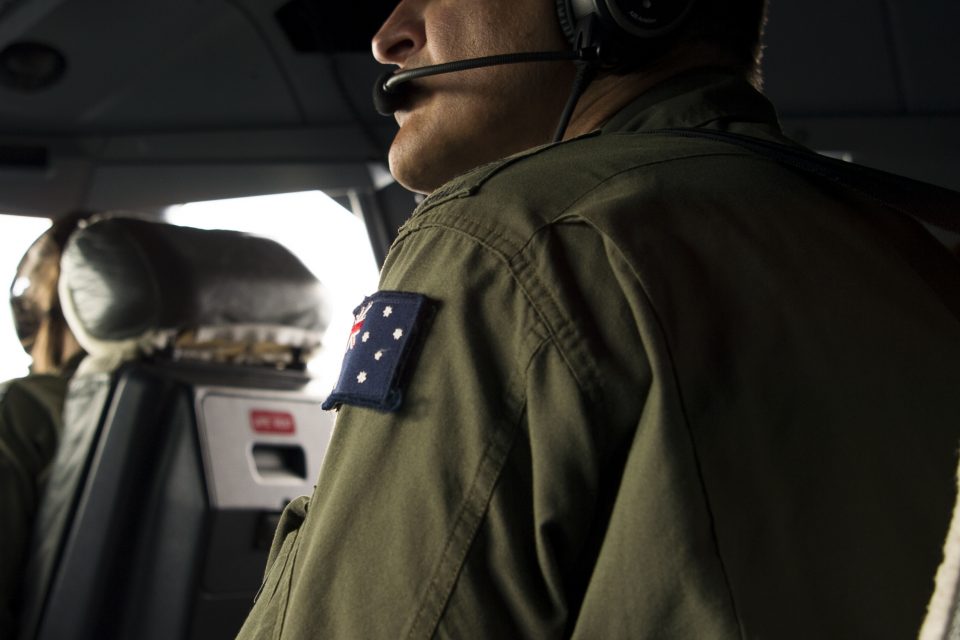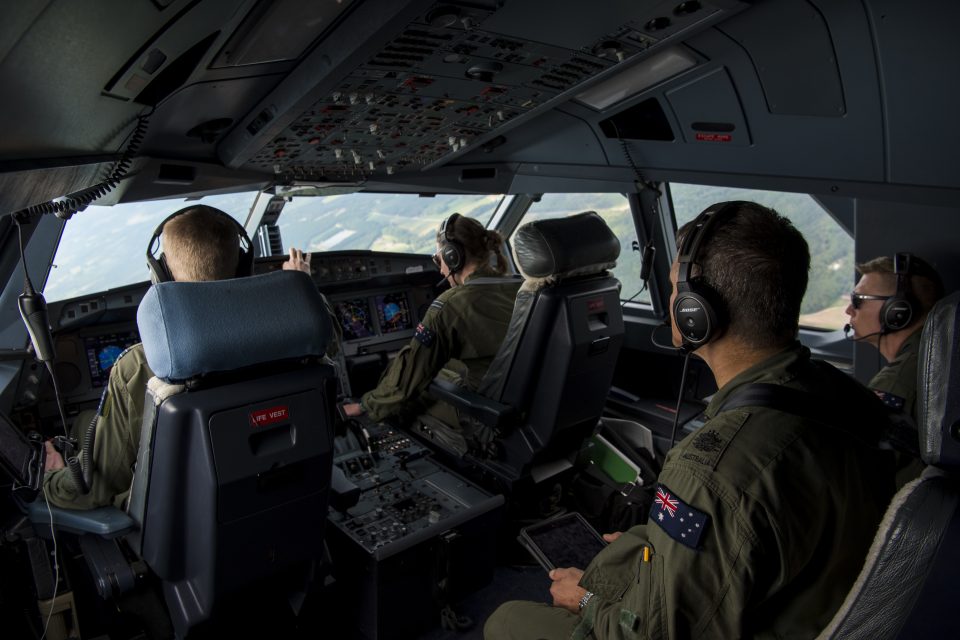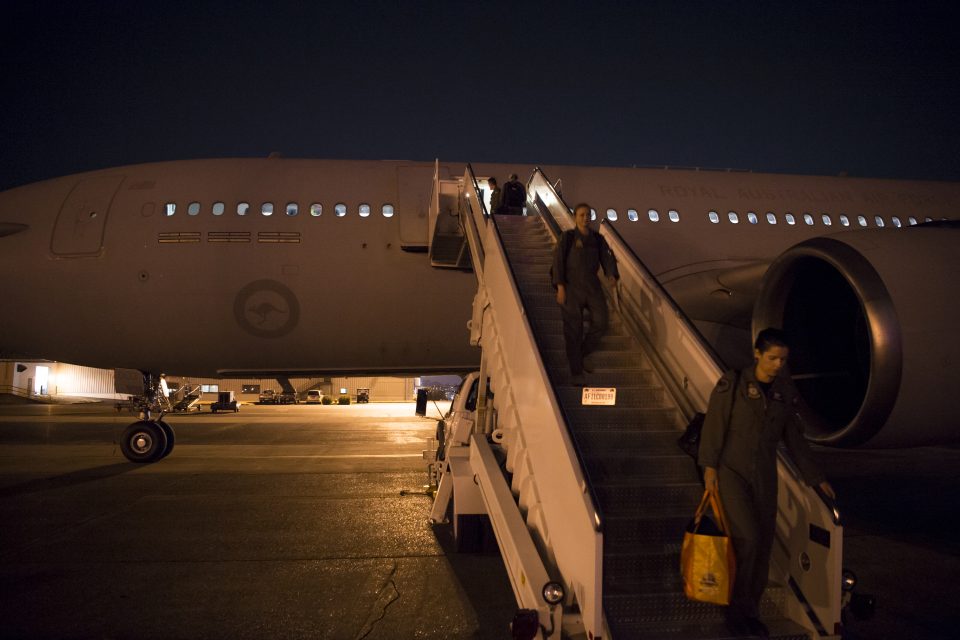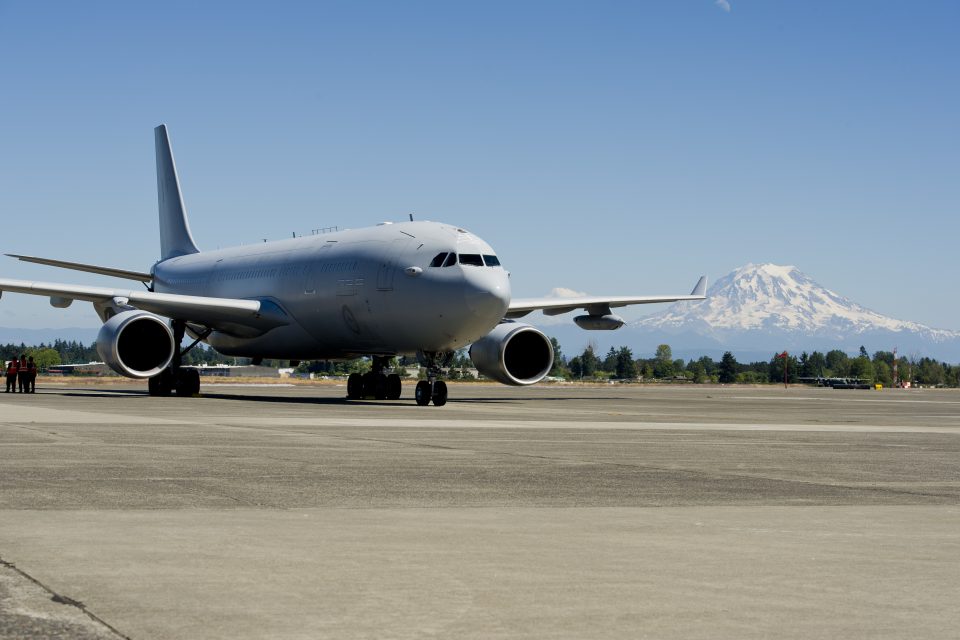2017-10-07 By Robbin Laird
With the significant operational tempo on the US tanker fleet and with the inability to replace the older KC-135s expeditiously, the KC-10s have become a workhorse of the USAF tanker fleet.
Earlier some questioned the value of a larger tanker in doing the wide variety of missions which the KC-135 was built to do.
But the facts are the facts; and the KC-10 has demonstrated without doubt the flexibility of a larger tanker in supporting a wide variety of combat missions.
Past interviews with the USAF tanking community has highlighted the enhanced role of the KC-10s with the twin challenges of no new tanker and readiness issues with the aging KC-135 fleet.
Another large tanker has also demonstrated the flexibility provided by a larger tanker to a variety of combat missions, namely, the A330 MRTT or in Aussie parlance the KC-30A.
In the slideshow below, during an October 24, 2016 operation in the Middle East, the KC-10 and the KC-30A are seen flying in formation for the first time.
The combined refuelers were capable of delivering more than 576,000 pounds of fuel to coalition aircraft supporting the liberation of Mosul, Iraq.
The U.S. Air Force photos are credited to USAF Senior Airman Tyler Woodward
The RAAF cross trains with the USAF on the KC-10 as well.
According to an interview we did with RAAF KC-30A tanker crew last year during their time at Edwards AFB, this is what they said about this process:
Question: You are reshaping the tanker culture?
Where do your crews come from and how are they preparing for the boom part of your tanker’s future?
Answer: We have a mixture of people with fighter, tanker and airlift experience.
It is a mixed crew in terms of background.
And we have an exchange with the USAF with the KC-10 are building up our boom training and experience with them as well.
I have argued earlier in a Breaking Defense piece, that KC-10 replacement could take concurrently with the KC-135 replacement but simply buying the KC-30A. And this would provide an additional advantage, of the US buying into a large globally operational fleet in which combat lessons have already been learned and the users are driving Tanker 2.0 or put in other terms are adding new capabilities to a combat proven fleet.
Not only does the US Air Force have NO operational new tankers, but the allies have proven beyond a shadow of a doubt that the Air Force made the right initial decision picking this aircraft over Boeing’s KC-46 offering.
 Two Royal Australian Air Force KC-30A Multi-Role Tanker Transport aircraft sit on the flightline at sunset in the Middle East Region during Operation OKRA. Aircraft tail swaps occur routinely across all platforms. They ensure aircraft deployed and at home location remain on scheduled maintenance cycles and comply with mandated airworthiness requirements. Credit: Australian Department of Defence
Two Royal Australian Air Force KC-30A Multi-Role Tanker Transport aircraft sit on the flightline at sunset in the Middle East Region during Operation OKRA. Aircraft tail swaps occur routinely across all platforms. They ensure aircraft deployed and at home location remain on scheduled maintenance cycles and comply with mandated airworthiness requirements. Credit: Australian Department of Defence
Our allies are operating multiple A330 MRTTs so commonality has already been established and significant investments by allies in a needed US capability already in place.
For example, the Aussies are about to add an operational autonomous boom to their KC-30As. According to the RAAF Commander in charge of lift and tanking: “If it can anticipate and react to movements of the receiver aircraft faster than the boom operator can, then you end up with faster contacts. You also potentially end up with more consistent contacts when the turbulence level increases, in cloud or when night falls.”
The Aussies are moving onto Tanker 2.0 while the US Air Force is still waiting for Tanker 1.0. This makes no sense.
With the need to ramp up capabilities for high tempo and high intensity operations slo mo procurement simply will undercut USAF capabilities to prevail in contested airspace.
The USAF needs to aim for dominance in the contested battlespace and to do so requires changing the business rules to shape a more realistic and rapid acquisition process, and with the key elements of combat dominance already flying, it is a question of acquiring and integrating these new assets.
The RAAF has been working innovations with the KC-30A to shape a more effective lift and tanking force for high tempo operations in contested airspace.
As such, the Aussies participated in the recent Air Mobility Guardian 2017 Exercise.
According to Air Commodore Richard Lennon, the RAAF Air Mobility Commander:
“The exercise was the first of its type held in a very long time.
“The exercise focused on integrating the efforts of several partner air forces using their air mobility fleets in contested airspace to support force insertion.
“We were required to seize an airfield, establish a point of disembarkation, and through that process we were required to conduct aeromedical evacuations and airdrop missions to support ground forces.”
A key part of the exercise was working tactics and procedures with fighters to provide force protection for the air mobility fleet as it operated to support the force insertion effort.
US F-15s and A-10s accompanied the air mobility fleet in shaping the tactics and procedures for operating the fleet in a contested air environment.
The exercise has been two years in the making. Approximately 50 aircraft were involved with several thousand airmen participating in the exercise.
The Aussies brought their C-17 and KC-30A crews to the exercise as well as air dispatch, aeromedical evacuation, force protection and contingency response personnel.
A key challenge within the exercise was shaping interoperable procedures for operating in a contested air environment as each air force had evolved its own procedures over time.
Clearly with a higher tempo operation getting significant sortie generation rates and air dropped delivery is crucial to combat success.
“Our operations for over a decade in the Middle East have been largely in uncontested airspace where we’ve had control.
“In this exercise, we were really testing the readiness of our forces to rise to the next level and work in a challenging environment, and challenging environment it was.
“The exercise program was ambitious.
“It ran twenty-four hours a day for ten days.
“There was no let up, and everyone in the exercise was working hard.”
The slideshow below highlights a series of USAF photos of the KC-30A participating in Air Mobility Guardian 2017.
In short, the larger tankers have demonstrated without any doubt their capabilities to do a variety of tactical and strategic missions and have put in the rear view mirror the critics who at the time of the USAF selection of the A330 MRTT argued that small was somehow better.
The USAF chose the A330 MRTT as the better tanker; and the global tanking community taking a cue from USAF professionalism followed the USAF lead, despite the US political process.
Politics has its own dynamics; but so does the stark reality of combat.
Airpower IB 21: The Importance of Changing the Business Rules


